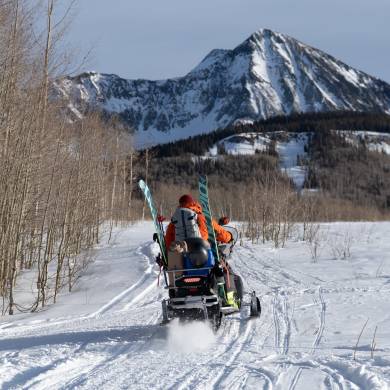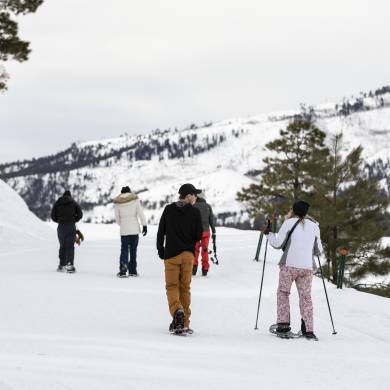- Home
- Places to Go
- Downtown
- Lakes
- Mountains
- Museums
- National Parks and Monuments
- Rivers
- State and Local Parks
- Trail Systems
- Wilderness Areas and Forests
- Home
- Things To Do
- Agritourism and Farms
- Arts
- Attractions
- Family Friendly
- Guides
- Health, Spas, and Wellness
- Outdoor Adventure
- Scenic Drives
- Shopping
- Home
- Lodging
- Bed and Breakfasts
- Cabins
- Campgrounds and RV Parks
- Hotels and Motels
- Lodges
- Vacation Rentals
- Home
- Eat
- Bars, Distilleries, and Wine
- Breakfast and Brunch
- Breweries and Grills
- Casual and Family-Friendly Dining
- Coffee and Tea Shops
- Farm-to-Table
- Fine Dining Options
- Food Trucks
- International Dining
Bird and Wildlife Watching in Durango
There’s nothing quite like watching a bird take flight, an elk bound over a fallen tree, or a marmot peek her head out through a pile of scree. It’s a wild, solitary experience for the wildlife viewer that lifts their binoculars to see these wondrous creatures survive in environments they’ve thrived in for thousands of years. In Durango, these quiet moments are plentiful—and so are the species you can find.
Visitors to Durango will be able to catch a glimpse of over 750 vertebrates and thousands of invertebrate species. In this region, you’ll be hard-pressed to miss these creatures in their natural habitats.
The only tricky part about bird and wildlife watching here is the occasional distraction from the mountain vistas in the distance or the odd marmot trying to steal your lunch.
Places to Go Bird and Wildlife Watching
In Durango, we think of birds and wildlife as our neighbors and respect them as such. These wild species are an ever-present fixture in our morning commutes, day-to-day work, and—sometimes—our evening trash disposal. Here’s the main takeaway: you can see wildlife anywhere in town.
That said, there are spots around the region where you’re more likely to see these beautiful creatures from a safe distance. Generally, the further into the wilderness you go, the more likely it is that you will see a wider variety of species.
Around All of Durango’s Lakes and River Systems
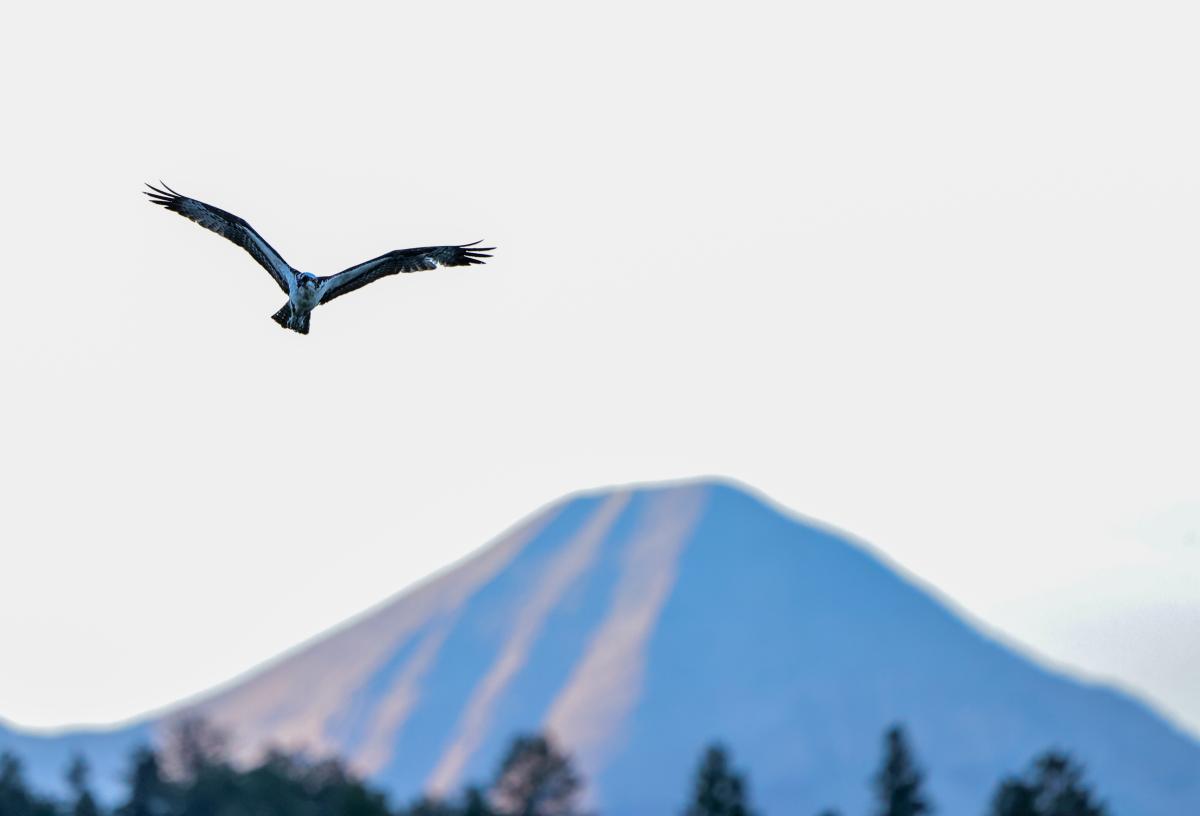
Durango has many lake and river habitats to discover and with them, various bird and wildlife species. So, bring a blanket or collapsible chair to Lake Nighthorse or the Animas River and see how many species you can identify.
The most common bird species you’ll find are primarily waterfowl like Ruddy Ducks and mallards. You may, however, see Black-Chinned and Broad-Tailed Hummingbirds as well.
The most common wildlife species will be Mule Deer, Chipmunks, Squirrels, and—near sunset—the occasional bat. Some wildlife viewers have reported Black Bear sightings by the Animas River.
La Plata Canyon
Known as “Durango’s backyard,” La Plata Canyon is an excellent mountain ravine spanning approximately 10 miles. Located 12 miles northwest of Durango, it is the perfect place for a weekend getaway or an afternoon picnic.
It also has a multitude of various alpine and riparian habitats to explore, and you’ll see rarer high-country species like bobcats, elk, big horn sheep, mountain goats, lynxes, and mountain lions.
In the trees, you may see Bald Eagles, Red-Tailed Hawks, Great Horned Owls, American Kestrels, and Downy Woodpeckers, to name a few. At the bottom of the ravine near the Canyon Creeks, you can also see Great Blue Herons, Cordillera Flycatchers, and Spotted Sandpipers.
Perins Peak State Wildlife Area
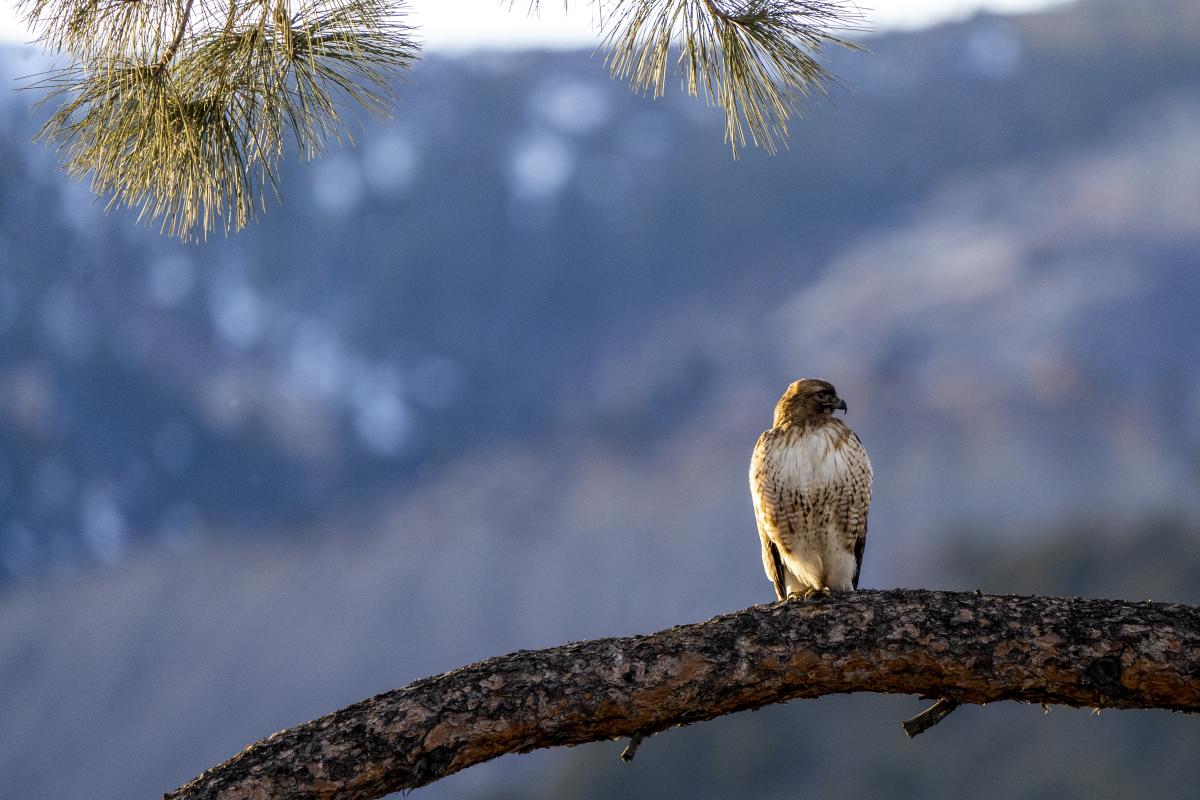
Located on the western outskirts of Durango, Perin’s Peak State Wildlife Area is a prime place for birding and wildlife-watching pursuits. It has a good amount of topographical variance that provides many high-positioned vantage points from which you can see many creatures below.
Here, you may catch a glimpse of Coyotes, Mule Deer, Black Bears, Racoons, and Cottontail Rabbits.
Though sightings are rare, there is a chance you may see a mountain lion here.
This area is also known for its multitude of great horned owl sightings—typically at dusk. During the day, you may find Eurasian Collared Doves, Black-Chinned hummingbirds, White-Faced Ibis, and Downy Woodpeckers.
Mesa Verde National Park
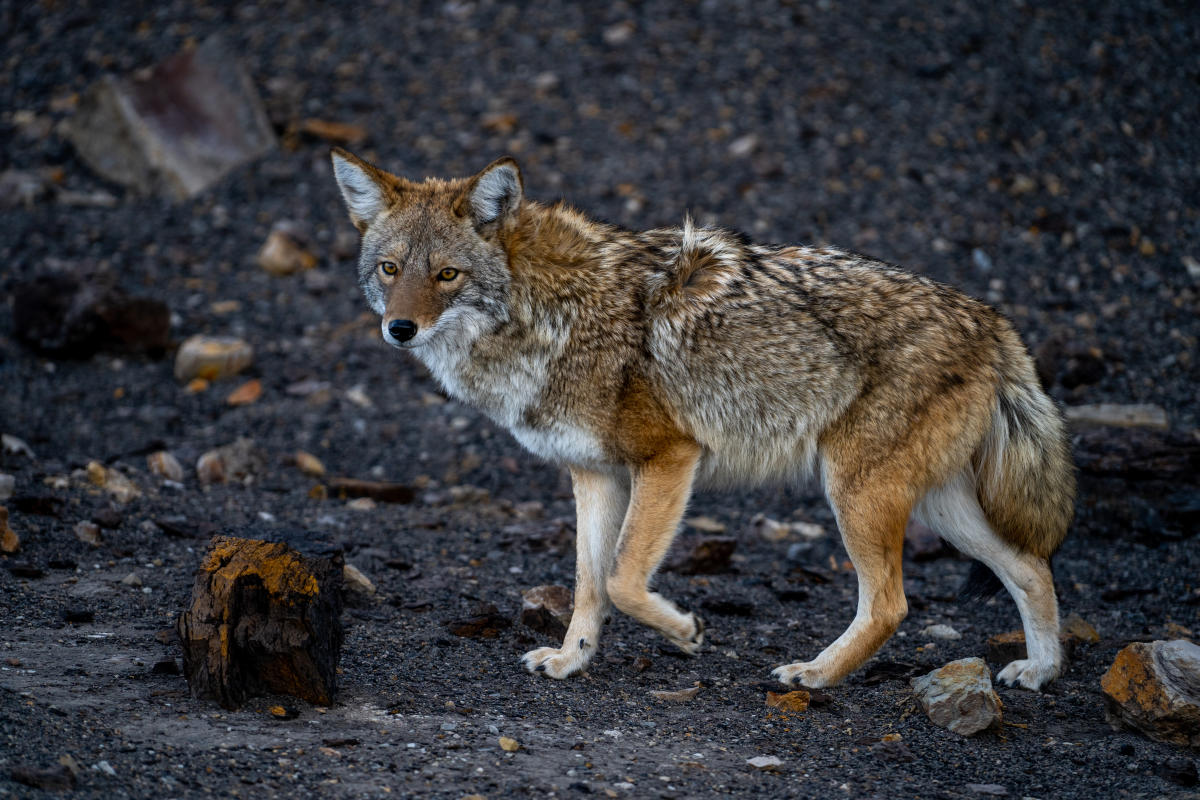
Mesa Verde National Park, situated 48 miles west of Durango, is a window into the grand history of the Southwest. It also has remarkable biological diversity and is home to countless natural inhabitants. This is an excellent place if you’re getting started with birding or wildlife watching, as there are dedicated interpretive rangers and printed guides that can help you on your journey.
You might see Black Bears, Mule Deer, Gray Foxes, Elk, Marmot, and even Porcupines at the park. If you’re watching from the comfort of your vehicle, the park service advises driving slowly to not disturb the wildlife.
Mesa Verde National Park is also famous for its abundance of owls. You can view Great Horned Owls, Spotted Owls, Pygmy Owls, Saw-Whet Owls, Long-Eared Owls, and Flammulated Owls. The park service suggests you camp near Morefield or stay at the Far View Lodge to see these otherworldly creatures. There are also many Wild Turkeys roaming the area.
Canyons of the Ancients National Monument
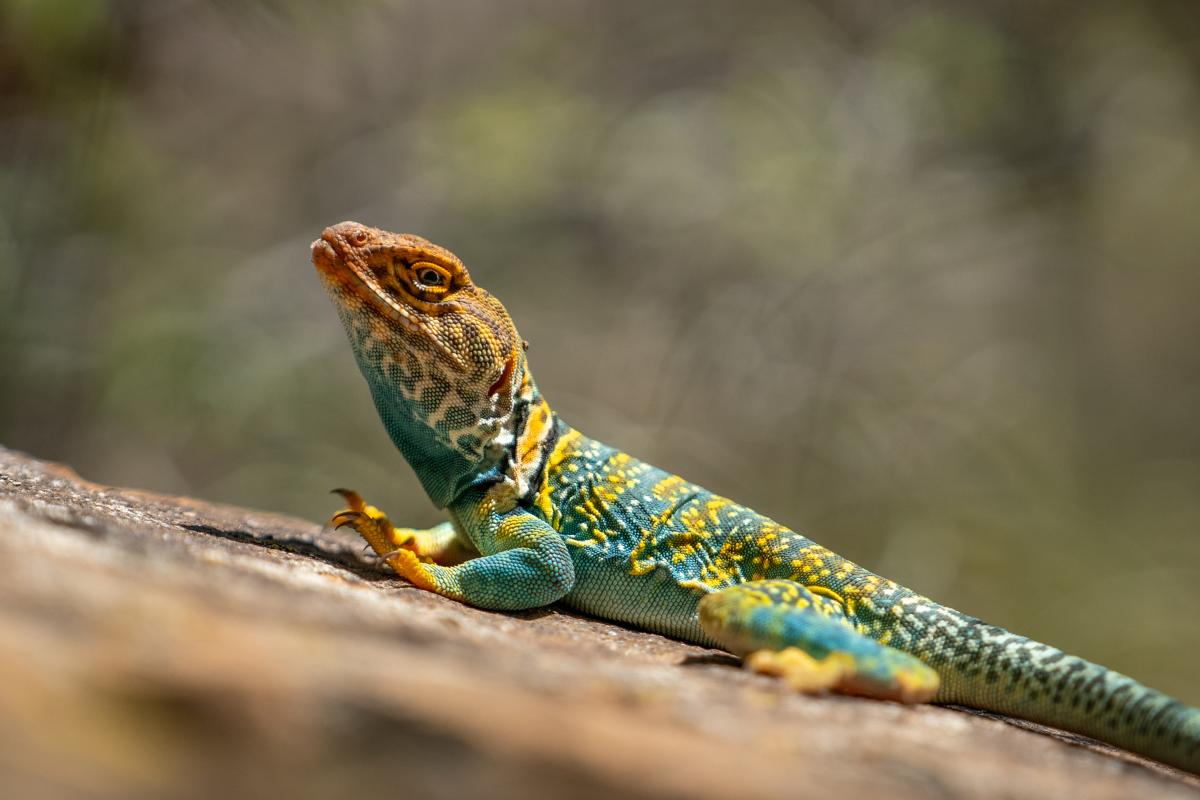
Encompassing over 174,000 acres of federal land, the Canyons of the Ancients National Monument can be found 50 miles west of Durango. While the Monument contains the highest known archaeological site density in the United States, it also has several opportunities for birding and wildlife enthusiasts.
At the monument, you can view quite a large variety of critters. Twin-Spotted Spiny Lizards, Mountain Goats, Bighorn Sheep, Mule Deer, Elk, Long-Nosed Leopard Lizards, and Black Bears have been reported.
Up in the trees, one might also find Golden Eagles, Gambel's Quails, Southwestern Willow Flycatchers, Rock and Morning Doves, Blue Grouse, Sage Grouse, and Wild Turkeys.
Molas Pass Area
Because of its proximity to the Colorado Trail, Molas Pass is a locus of outdoor activity in the state. At Molas Pass, there are countless possibilities for visitors to camp, hike, backpack, ski, and even log rare sightings of birds and wildlife.
In the Molas Pass Area, you can view Marmots, Elk, Lynxes, Mule Deer, Moose, Bighorn Sheep, Bobcats, Mountain Goats, and Mountain Lions.
Here’s a pro tip: there have been many elk sightings to the west near West Turkshead Peak (12,849 feet).
This area also has an abundance of hawks, eagles, and falcons. You can spot Golden Eagles, Red-Tailed Hawks, Ospreys, and Peregrin Falcons. A note about the Peregrin Falcon: it is the fastest bird in the world and can travel 388 miles per hour at high altitudes.
Coal Bank Pass Area
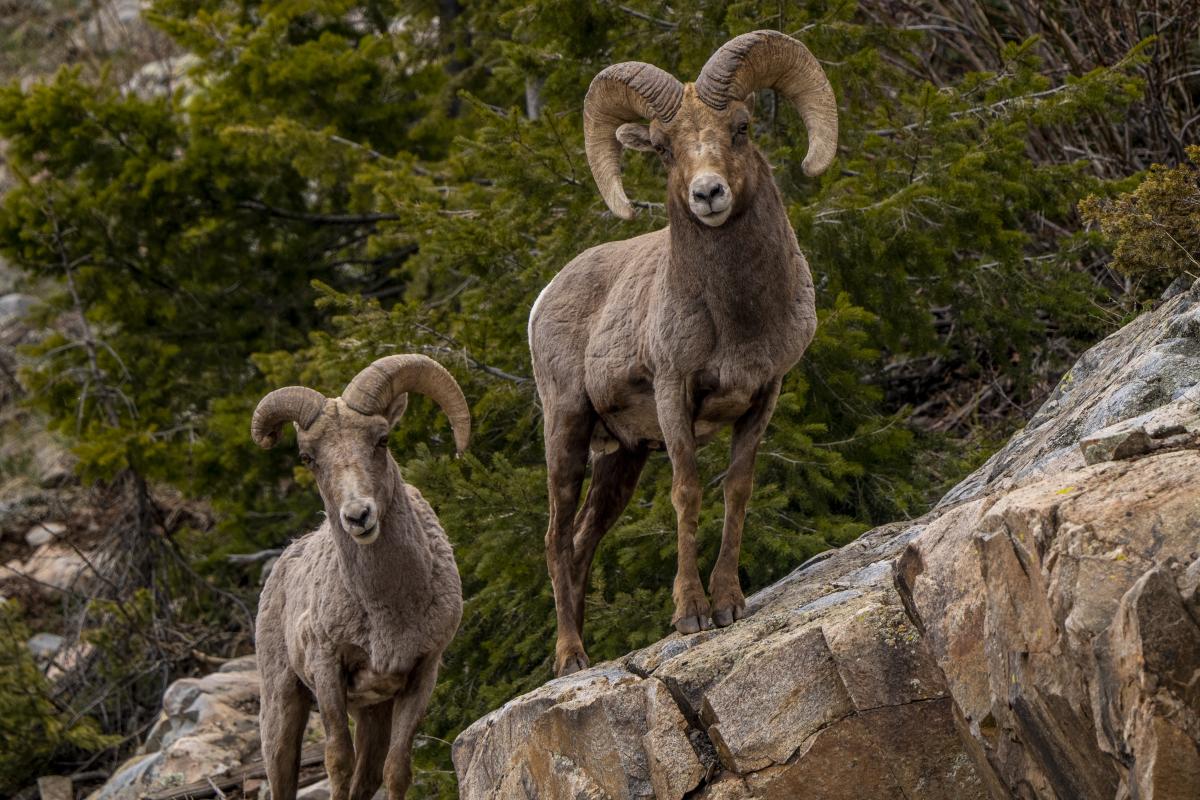
Coal Bank Pass is located 27 miles north of Durango and is a splendid hangout for all outdoor enthusiasts. It features the mighty Engineer Mountain (12,970 feet), the waterfall-laden Cascade Creek, and several alpine meadows that are densely packed with mountain wildflowers. So, it’s not surprising that other creatures also flock to this area.
In this area, you can see Gray Foxes, Marmots, Elk, Big Horn Sheep, Mountain Goats, Mule Deer, Bobcats, Lynxes, Moose, Black Bears, and Mountain Lions. In some reports, wildlife viewers have spotted cinnamon bears near the western slopes of Engineer Mountain.
You can also find species like Pine Grosbeak, Red Crossbill, Gray Jay, and the American Three-toed Woodpecker.
Things to Know About Bird and Wildlife Watching in Durango
-
If you plan on hunting, you must have a valid hunting license and wait until the season begins.
-
If you want a comprehensive list of bird species, the Durango Bird Club has an index for visiting and resident birders.
-
If you want to view some wolves, visit the Wolfwood Refuge.
-
Visit the Colorado Parks & Wildlife office in Durango to get your hunting license, fishing license, conservation stamp, or wildlife viewing guide.
Care for Durango
-
For your safety, keep your distance when viewing wildlife.
-
Please research park restrictions and conditions if you visit Mesa Verde.
-
Follow Leave No Trace (LNT) principles.
-
Do not engage with or feed the wildlife.
-
Do not pick the wildflowers.
-
Dogs must be leashed or otherwise physically restrained. Do not leave pets unattended.
-
Protect fragile environments and stay on marked trails.
